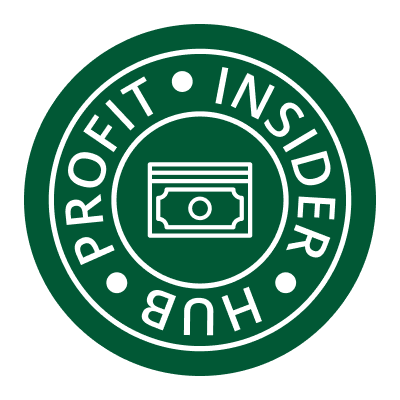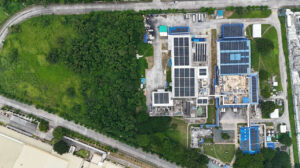UNILEVER PHILIPPINES has officially switched on its newly installed solar photovoltaic panels at its Cavite Foods factory to help cut costs and reinvest in further operational improvements.
The 1.2-megawatt solar installation is capable of producing 1,847 megawatt-hours of electricity per year, complementing the factory’s use of geothermal energy, the company said in a media release on Thursday.
“This initiative builds on our long-standing use of renewable energy (RE) for our factories, offices, and facilities. We are building from strength to strength in our operations and sustainability commitments,” said Arvind Sunderrajan, Unilever Foods head of supply chain for the Philippines and Greater Asia.
The company cited the gains from solar power, which cuts costs and eliminates distribution losses. It also offers inflation-proof pricing, providing a hedge against long-term cost increases.
“The projected savings from this program will be reinvested into further operational efficiencies,” the company said.
The company’s Foods factory produces a wide range of products, including mayonnaise, sandwich spreads, and salad dressings. It also packs bouillon cubes and meal-maker powders, catering to both retail consumers and institutional clients.
Since 2022, the factory has expanded its production capacity by 25% and its output by 20%, making it one of Unilever’s largest food manufacturing facilities worldwide.
“At Unilever, our supply chain is the engine that powers our operations,” said Navdeep Singh, head of customer operations for Greater Asia and head of supply chain for the Philippines.
“As consumer expectations evolve toward speed, personalization, and reliability, we’re committed to delivering high-quality products through a supply network that’s agile, resilient, and built for value.”
Unilever is aiming to achieve a 100% reduction in operational emissions by 2030 compared to a 2015 baseline.
The Unilever Foods Greater Asia business unit covers select markets in Southeast Asia and East Asia and is present in the categories of scratch cooking aids, dressings, and functional nutrition. — Sheldeen Joy Talavera

